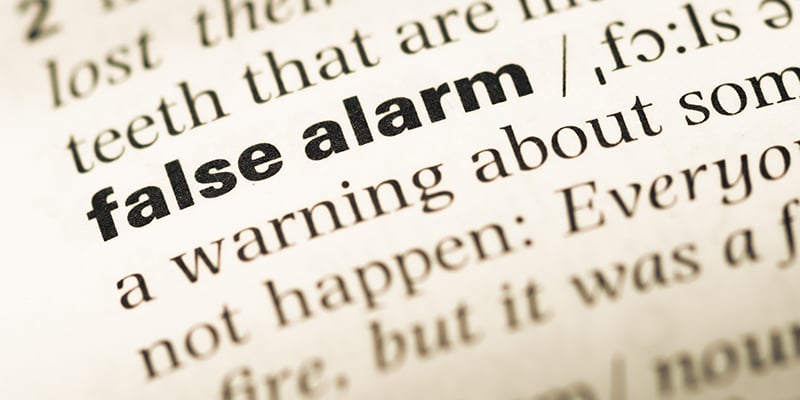
When security teams are exposed to recurring false alarms, or to an overwhelming number of alerts, they frequently experience alarm fatigue, a phenomenon that can exacerbate serious security breaches in any organization. Thereby, effectively minimizing risks, following best practices, and adopting automated solutions that improve alert management are critical.
Alert fatigue affects many industries. In particular, healthcare institutions depend on notifications of drug-drug interactions, drug-allergy interactions, dosing ranges, and other vital warnings. However, too many alerts can consume the time and mental energy of employees, to the point that both important alarms and clinically unimportant ones are ignored, leading to dangerous health consequences for patients.
Likewise, other types of organizations suffer from alert fatigue. Businesses and enterprises can have their ability to respond to threats diminished. Feelings of exhaustion or resignation in the face of necessary protective measures can seriously endanger premises, increase security risks, and damage the brand's reputation.
A high number of alerts or many false alarms produce in workers desensitization or habituation. The more employees are exposed to them, the more warnings are tolerated, normalized, and eventually ignored. The greatest risks associated with alert fatigue are:
- Ignored alerts
- Slow response times
- Lower productivity
Alert fatigue is a critical issue that requires strategic intervention.
- Not every alert needs immediate attention; therefore, set high tactical parameters to avoid false positives and alarm normalization.
- Alerts should be classified in tiers to clearly indicate to users their priority. Visual and sensory cues are also important. For example, for warnings that require immediate action, it is recommended to have a red alert, red lights, a red text message, a voice warning, and even vibration.
- Train security teams on what specific actions must follow each alert.
- Reduce the number of redundant alerts.
- Determine if there are sufficient professionals on-call and the times that need the most coverage.
To address alert fatigue and the dangers that come with it, it is essential to examine alarm processes and systems regularly. Moreover, thresholds should be appropriately adjusted, actionable checklists to suppress false-positive alerts must be provided, and warnings have to be prioritized since not all alerts are created equal.
